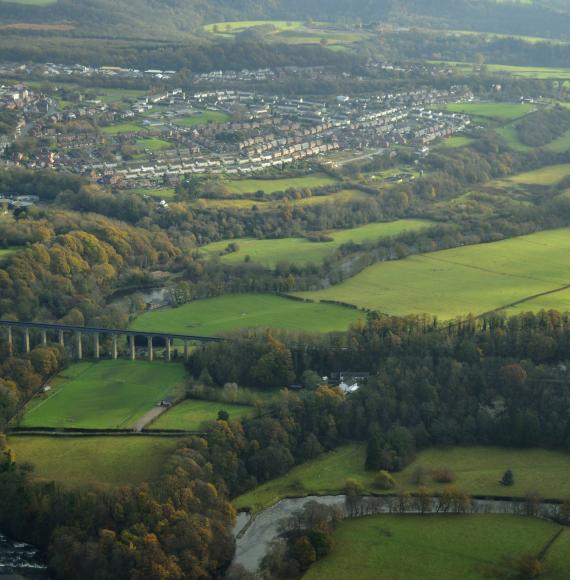The government is proposing law changes to boost ongoing efforts to improve connectivity for people who live, work and travel in rural areas and local authorities will be key stakeholders in the process.
The reforms will remove one of the biggest barriers to better coverage in the countryside by reducing build time and costs for new infrastructure while protecting rural areas by minimising any visual impact.
Under the proposals, mobile companies will be allowed to make new and existing masts up to five metres taller and two metres wider than current rules permit, which will increase the range of masts and allow operators to fit more equipment on them so they can be more easily shared.
The move will amplify the delivery of the £1bn Shared Rural Network being built to eliminate 4G mobile ‘not spots’ in the countryside and will speed up rollout of next-generation 5G networks.
According to the government, it will incentivise mobile firms to focus on improving existing masts over building new ones, with fewer new masts needed for rural communities to get a better signal now and to take full advantage of future 5G-connected technology.
This includes innovations in remote healthcare, self-driving vehicles and smart devices, such as fridges, TVs and heating systems.
Stricter rules will apply in protected areas, including national parks, the Broads, conservation areas, Areas of Outstanding Natural Beauty (AONB) and World Heritage Sites.
The plans also include proposals to bring better mobile coverage for road users by allowing building-based masts to be placed nearer to highways.
It comes as industry experts and academics set out recommendations on how to reduce the UK’s reliance on a small number of equipment vendors in the telecoms supply chain.
Commenting, Digital Secretary, Oliver Dowden said: “We want to level up the country and end the plague of patchy and poor mobile signals in rural communities.
“Today we are setting out plans to make it easier for mobile firms to transform connectivity in the countryside and propel villages and towns out of the digital dark ages, providing a welcome boost for millions of families, businesses and visitors.
“These practical changes strike a careful balance between removing unnecessary barriers holding back better coverage, while making sure we protect our precious landscape.
“Most new masts will still need to be approved by local authorities, which will have a say on where they are placed and their appearance. Robust conditions and limits will remain in place to make sure communities and stakeholders are properly consulted and the environment is protected.”
A joint technical consultation between the Department for Digital, Culture, Media and Sport (DCMS) and the Ministry for Housing, Communities and Local Government (MHCLG) has been published with details of the changes and follows on from an earlier consultation in 2019 on the principle of the reforms.
The consultation seeks views on reforms to permitted development rights in England:
- Existing mobile masts to be strengthened without prior approval, so that they can be upgraded for 5G and shared between mobile operators. This would allow increases to the width of existing masts by up to either 50% or two metres (whichever is greatest), and in unprotected areas allow increases in height up to a maximum of 25 metres (previously 20 metres). Greater increases will also be permitted subject to approval by the local authority.
- New masts to be built up to five metres higher, meaning a maximum of 30 metres in unprotected areas and 25 metres in protected areas, subject to approval by the planning authority.
- Greater freedoms for slimline ‘monopole’ masts up to 15 metres in height, which are less visually intrusive than standard masts and used for 5G rollout, in unprotected areas. This could mean operators notifying local authorities of their intention to proceed without needing prior approval. This would align it with current rights that telecoms operators have for telegraph poles.
- Building-based masts to be placed nearer to highways to bring better mobile coverage to road networks, subject to prior approval, and in unprotected areas smaller building-based masts to be permitted without prior approval.
- Cabinets containing radio equipment to be deployed alongside masts without prior approval and to allow greater flexibility for installing cabinets in existing compounds, fenced-off sites containing masts and other communications equipment, to support new 5G networks.
DCMS will also lead on a new code of practice for mobile network operators, which will provide updated guidance on how operators and local authorities can work together to build communications infrastructure the country needs.
It will also contain best practice for the siting of new infrastructure, particularly in protected areas and ensuring stakeholders are properly consulted.
The consultation will run for eight weeks and closes on 14 June 2021.



















